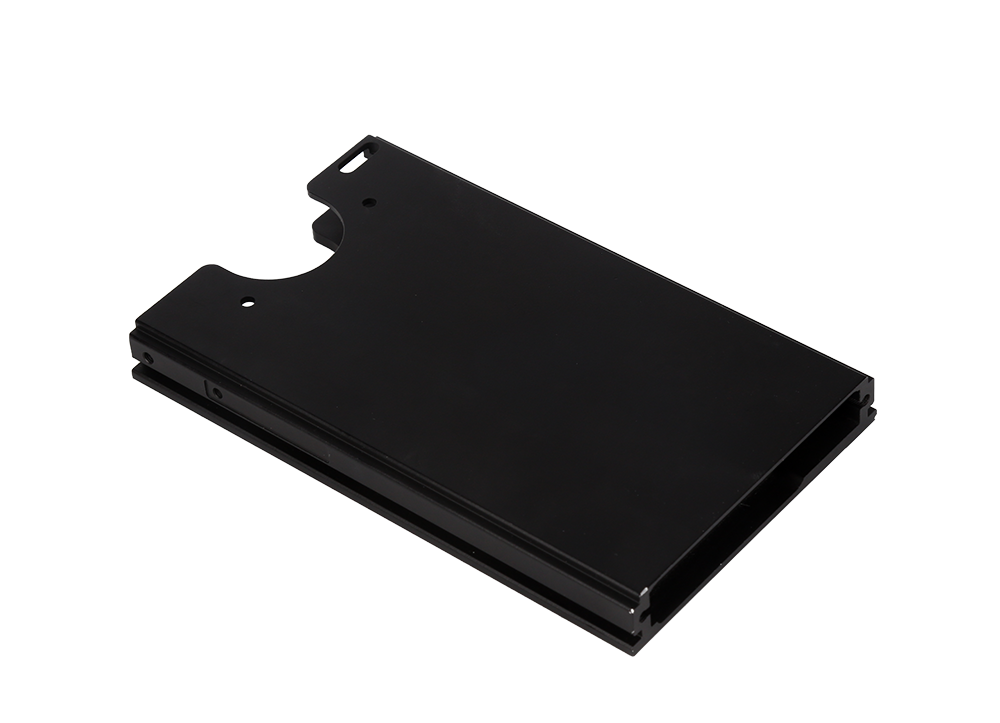Time:2023-08-01 Preview:
The selection of cutting tools is carried out in the human-machine interaction state of CNC programming, and the correct selection of cutting tools and tool handles should be based on the machining ability and material performance of the machine tool, cutting amount of the machining process, and other relevant elements. The general principle of tool selection is: easy installation and adjustment, good rigidity, high durability and accuracy. On the premise of meeting the processing requirements, try to choose a shorter tool handle to improve the rigidity of tool processing. There are four specific selection methods.

When selecting a tool, it is important to ensure that the size of the tool matches the surface size of the workpiece being processed. In production, end mills are often used to process edge profiles for flat parts: when milling flat surfaces, hard alloy blade milling cutters should be selected; When machining protrusions and grooves, choose acetylene high-speed steel milling cutters; When processing rough surfaces or rough holes, rice milling cutters with carbide blades can be selected; When adding some three-dimensional and variable bevel contour shapes, ball end milling cutters, circular milling cutters, conical milling cutters, and disc milling cutters are often used.
 Related News
Related News·What should be paid attention to when processing precision hardware parts? ·How much do you know about the solution to shrinking neck and cracking in precision hardware process ·Precautions need to be taken precautions ·The characteristics of CNC numerical control ·Center state inspection of vertical machining centers ·Damage causes of hardware die casting die ·Characteristics of Longmen Processing Center ·Advantages of metal essence technology ·The maintenance requirements of the refined carving machine with the automatic lubrication system · 7 Technical Standards for Hardware Die Casting Dies


